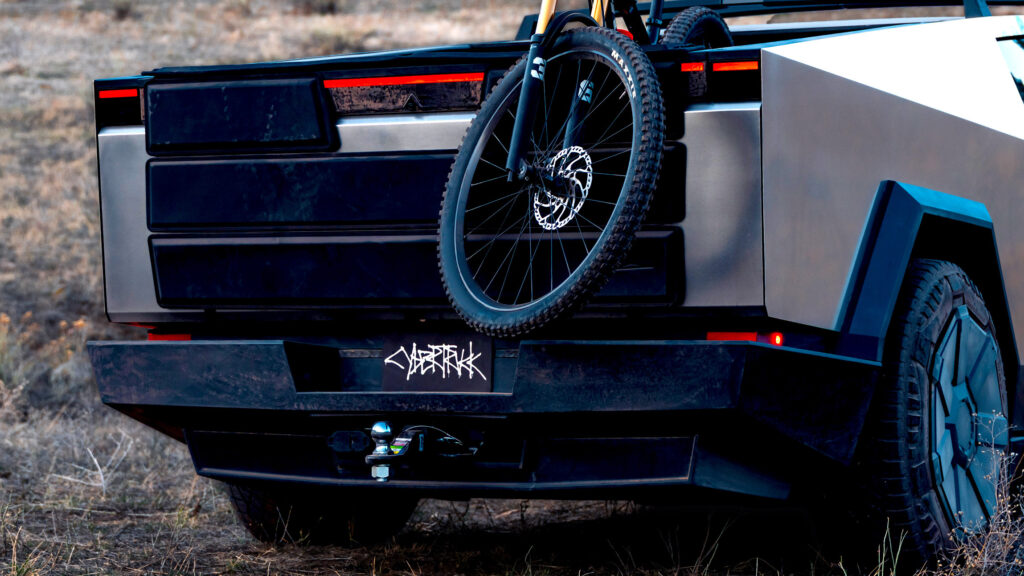Trouble With FSD

Tesla’s Full-Self Driving (FSD) system has been a hot topic lately, and not always for the right reasons. Recently, a Tesla Cybertruck was involved in a mishap that’s stirred the pot once again around FSD’s capabilities. When cruising into a parking lot, the Cybertruck didn’t nail the parking spot perfectly, leading to a minor collision with a parked car. No major injuries were reported, but let’s dissect what went wrong and how the truck’s supposed “autonomous” abilities were at play.
The Incident
Picture this: an owner operating the Tesla Cybertruck, equipped with FSD, confidently gives a demo to a friend. While aiming to glide effortlessly into a parking space — thanks to the magic of technology, or so it seemed — the outcome was less than ideal. The Cybertruck barely skirted into a parking spot and smooched with a stationary sedan. The aftermath? Scratches to the bumper and front end. Mostly cosmetic stuff, but enough to cause a stir.
Technology Limits
This situation isn’t entirely shocking when remembering that Tesla’s FSD isn’t equivalent to true autonomous driving. Even if the name suggests autopilot wonders, Tesla explicitly advises that drivers remain attentive, hands on the wheel and ready to take control. The current setup is more accurately dubbed “Full Self-Driving (Supervised)” — an apt reminder that a vigilant human element is still crucial. It’s not a time to lay back and think the car’s got it all under control like a sci-fi flick.
Driver Reactions
Following the run-in, there’s chatter about who’s at fault. The owner didn’t act in time to intervene, though owning up to the misunderstanding of FSD’s scope was a mature move. The owner, JayPresto, mentioned enthusiasm for Tesla’s offerings despite recognizing the software’s shortcomings. “There are bugs that NEED to be addressed,” was a candid bit of feedback, standing as a testament to both loyalty and critical consumer insight.
The Road Ahead
While Tesla continues tweaking and updating the tech, this scenario serves as a wake-up call. Tesla’s vehicles, wildly innovative as they are, still demand human oversight. FSD may show glimpses of the future but clearly has growing pains. Meanwhile, cars like GM’s Super Cruise and Ford’s BlueCruise offer alternative semi-autonomous assist systems, each with its own approach to blending machine learning with human responsibility.
Driving Feel
To put it all in perspective, driving a Cybertruck — despite its hefty size and bold design — is usually an exhilarating experience. Beyond this hiccup, its electric powertrain brings impressive torque, and the unique design elements turn heads everywhere. Yet, in the driving experience spectrum, it sits in an interesting place, balancing between the raw, utilitarian feel of classic trucks and the forward-thinking tech of a modern EV.
MG Cars Depreciate Fast
Truck Blast Shocks Town
Unique Suzuki Jimny
Unforeseen Hood Chaos
GM's V8 Engine Crisis